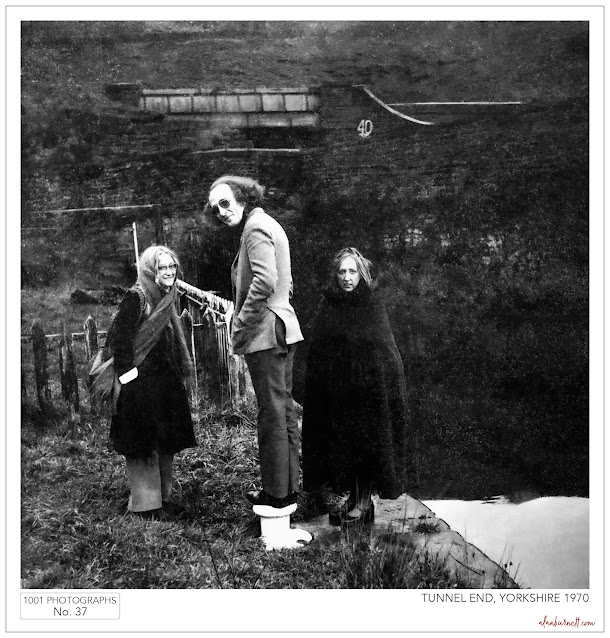When you enter a pub you never quite know what you will find and this can be the case even when the pub has long been closed and boarded up and you are "entering" only in the figurative sense. Take the Wakefield Arms which greets you as soon as you step out of the stone portals of Kirkgate Station in Wakefield. It is derelict - bricked up, boarded up, and fenced off. It is the best part of fifteen years since anyone entered the building in search of a pint or a bed for the night and breakfast in the morning. And yet the building remains as a monument to something or other and I was surprised as the next person to discover that it was a monument to - cement!
It appears that the building dates from sometime in the 1820s or 30s and was built initially as a private dwelling house. In 1840, the Manchester and Leeds Railway Company brought the railway age to Wakefield and the first station was immediately next to were this rather grand dwelling house had been built and in 1841 it was re-opened as the Wakefield Arms Hotel. The revolutionary aspect of the building was neither its design nor its remodelling into a fine early Victorian hotel: it was the fact that it had been faced with the very earliest example - and some would say the last surviving example - of the Portland Cement patented by Joseph Aspdin and manufactured at his works a few hundred yards away.
 |
| William Aspdin |
Now many a volume has been written about the history of cement and many an argument has raged about the precise contribution of Joseph Aspdin - compared to his somewhat wayward son, William - in the technological revolution that, quite literally, laid the foundations of much of the twentieth and twenty-first century. Whether, however, we pour praise on the father Joseph who patented Portland Cement and used it to provide a facing to the Wakefield Arms, or William who tweaked the formulae and more than doubled the load-bearing strength of the concrete made with Portland Cement, is immaterial.In either case, the Wakefield Arms should surely be worshipped as one of the twelve wonders of the modern world: a shrine at which each skyscraper or river-spanning bridge, tunnel or trackway comes and gives thanks.
It is, however, derelict and forgotten. In the main, its Portland Cement facing remains proud and solid, but the gaps in its structure are filled with breezeblock and old wooden planks. It is a bit like using the Great Pyramid of Gaza as a repository for used car tyres.
 |
| Yorkshire Post and Intelligencer : 4 July 1876 |
The building is Grade II listed as "the only surviving example of a building covered with Joseph Aspdin's patented Portland Cement", but such listing is of little use if the building is left to decay. The Council have tried to force the owners to make improvements, but quite clearly nothing has been done. One can only dream of winning the lottery, buying the building and restoring it to its former glory and making it into a shrine to which cement lovers from throughout the known world could come and pay tribute to the Aspdins and their Portland Cement - and have a pint or two and a bag of crisps at the same time.







How sad that an eyesore for 15 years actually could be renovated. What's going on there anyway! I want a beer too!
ReplyDelete